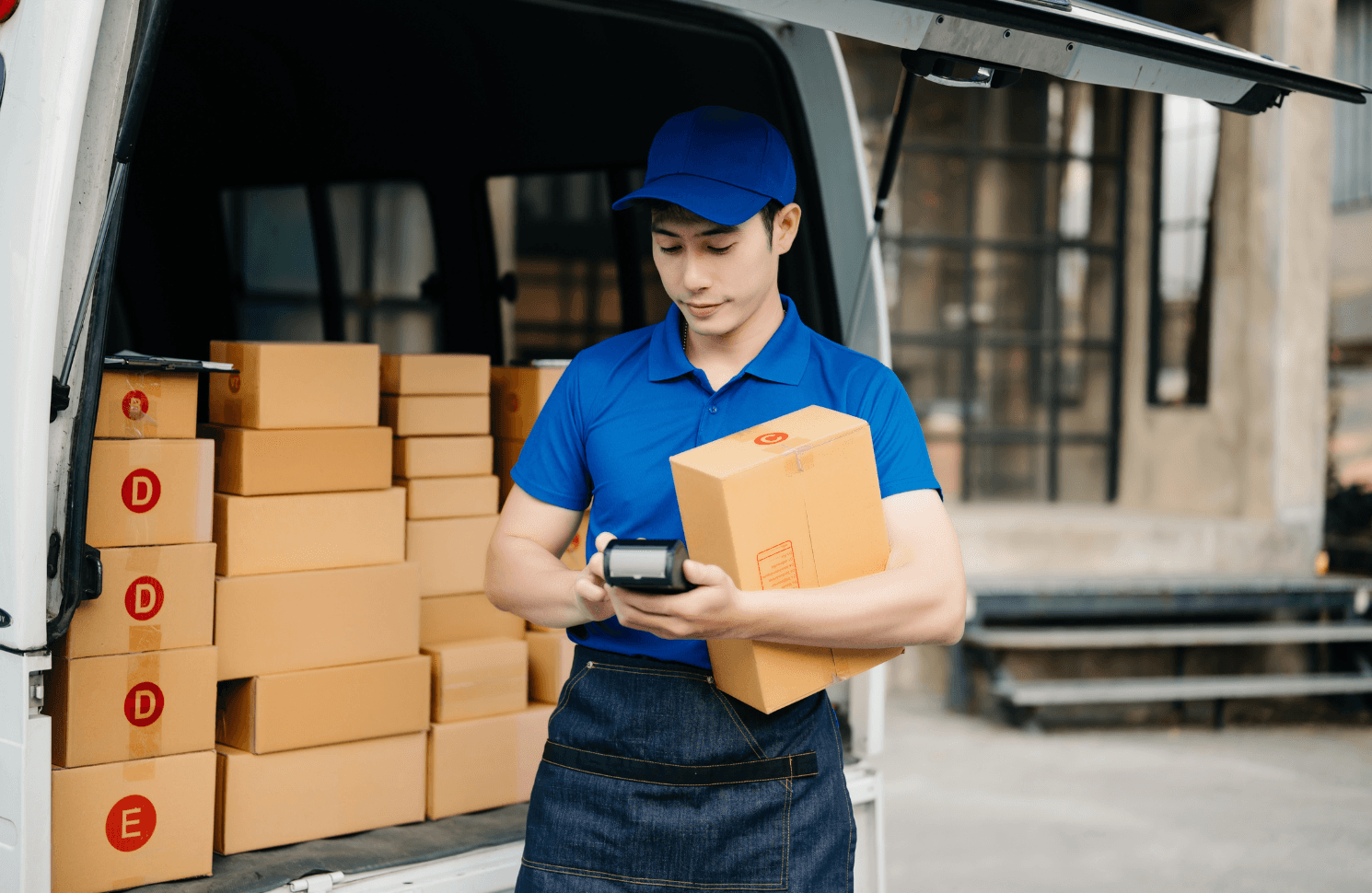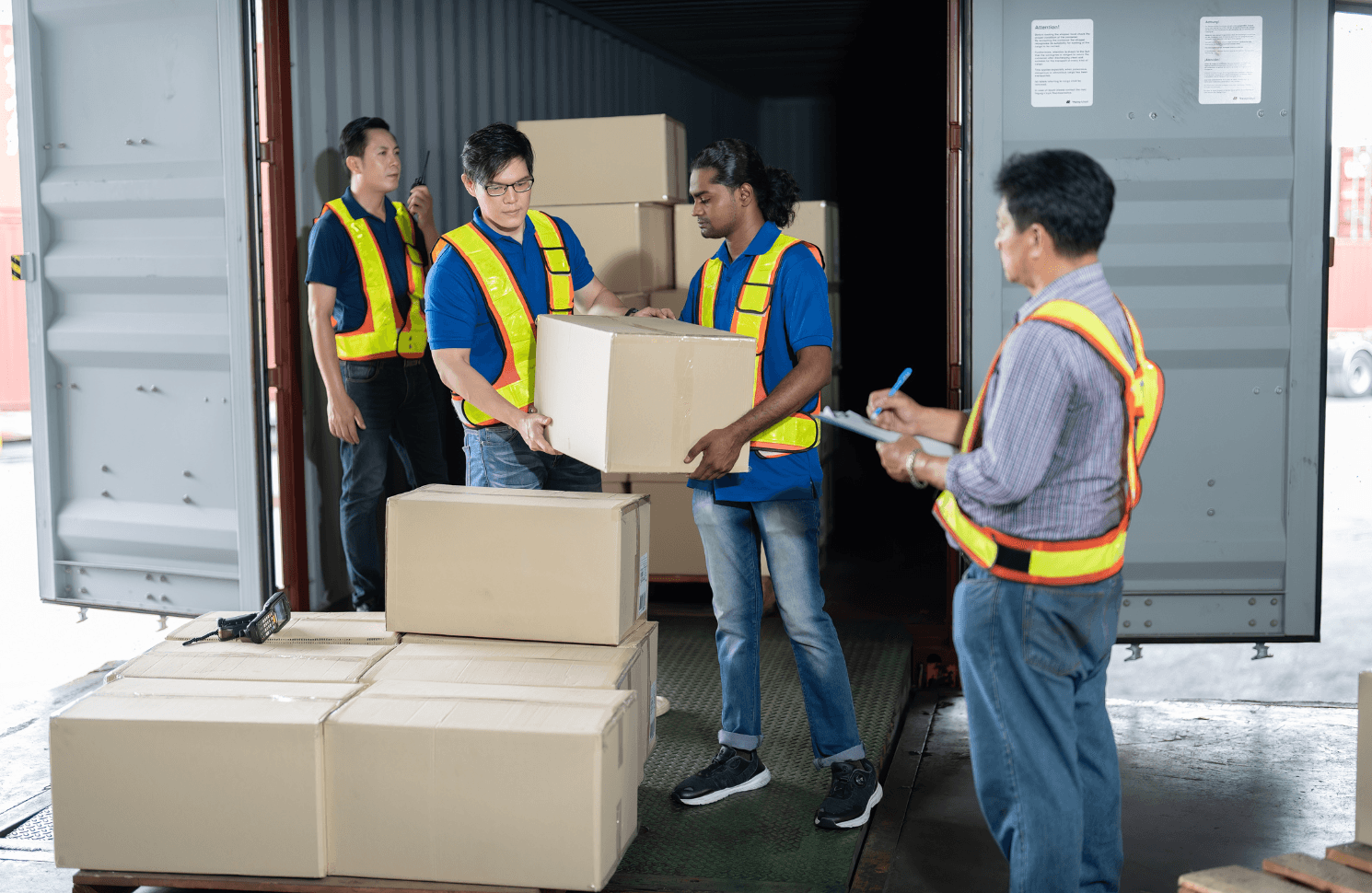

Cutting costs while modernizing food and beverage systems
OCT. 8, 2025
6 Min Read
Many producers are still stuck with aging equipment and fragmented software that require excessive manual work to bridge data gaps.
Outdated systems silently drain resources in the food and beverage industry, with process inefficiencies costing up to 40% of output and turning thin profit margins into even tighter constraints. Teams are left fighting an uphill battle to maintain quality and throughput under these conditions, and it’s clear that the status quo is unsustainable.
Modernization offers a way out by targeting improvements that pay for themselves. The key is a business-first approach: every technology upgrade should yield measurable savings or efficiency gains. Focusing on initiatives that streamline operations (from automating routine tasks to integrating real-time data) lets companies reduce expenses and boost agility at the same time. True modernization isn’t about shiny new tools for their own sake. It’s about turning IT into a partner for profit, helping CIOs and CTOs cut costs while accelerating performance.
key-takeaways
- 1. Legacy systems drain budgets through downtime, manual errors, and compliance risks, leaving CIOs under pressure to reduce costs while modernizing.
- 2. Quick wins can be achieved through targeted upgrades, such as integrated ERP systems, IoT-enabled maintenance, and digital quality control.
- 3. Automation and real-time data reduce waste, cut labor expenses, and help production alignment to prevent costly overproduction.
- 4. An ROI-first roadmap prioritizes measurable goals, pilots solutions before scaling, and reinvests savings into further modernization.
- 5. Lumenalta’s co-creation approach ensures modernization is both fast and cost-effective, tying every project to clear operational outcomes.
Legacy systems inflate costs and slow down food and beverage operations

Legacy platforms and processes are not just old-fashioned; they actively undermine efficiency. Many manufacturers cope with siloed systems that don’t communicate, forcing employees to re-enter data and reconcile records manually. Aging equipment breaks down frequently, driving up maintenance bills and causing unplanned downtime. With profit margins often as tight as 2–3%, these inefficiencies quickly erode the bottom line.
The most common ways that outdated systems drive up costs include:
- Excess labor and error rates from manual processes: Reliance on paper forms and spreadsheets leads to extra staff hours and errors, costs that automation could eliminate.
- Unplanned downtime and repair expenses: Aging machinery without predictive monitoring fails unexpectedly, halting production and forcing costly rush repairs and overtime work.
- Waste from poor inventory visibility: Disconnected inventory systems cause overproduction and spoilage, or conversely, stockouts that require expensive emergency restocking.
- Slow quality checks and recalls: Manual quality checks and paper records delay issue response, so a contamination or batching error can balloon into massive waste and recall costs.
- Compliance penalties and firefighting: Outdated systems also make compliance reporting a scramble, increasing the risk of fines or shipping delays and the associated costs.
All these issues stem from technology that hasn’t kept pace, forcing teams to spend time and money on workarounds instead of innovation. While replacing legacy components can feel risky, not addressing them incurs hidden costs that grow each year. Simply put, legacy systems keep operations stuck in reactive mode, burning resources on problems after they occur. The only way forward is to break this cycle with strategic modernization.
"The key is a business-first approach: every technology upgrade should yield measurable savings or efficiency gains."
Strategic modernization delivers quick efficiency gains and cost savings
Modernizing core production and supply chain systems doesn’t have to be a massive, multi-year ordeal. A targeted approach can deliver quick wins that boost efficiency and trim costs early. The strategy is to prioritize improvements with clear ROI and implement them incrementally so that benefits start accruing quickly without disrupting the entire operation.
For example, integrating data and automating routine tasks is often a low-hanging opportunity. Many food manufacturers find that replacing manual, spreadsheet-based processes with modern software immediately saves labor and reduces errors. A cloud-based enterprise resource planning (ERP) system can unify data and streamline workflows. Small plants that adopted an ERP saw operating costs drop by about 11% on average, thanks to better visibility and coordination.
Another near-term win comes from digitizing quality control and maintenance processes. Automated inspection systems catch defects early to prevent costly scrap, and scheduling maintenance via IoT sensors keeps equipment running reliably. These improvements avert waste and downtime that would otherwise inflate costs. Equally important, modernizing breaks down data silos. Cloud platforms that connect departments let managers make fast, informed decisions (for instance, cutting batch sizes when demand dips) to avoid unnecessary production and inventory expenses. It’s telling that 82% of F&B companies rank new technology as a top priority today, especially solutions that quickly improve day-to-day operations. By following a step-by-step modernization plan, organizations can start saving money now and reinvest those gains into the next phase of their digital journey.
Automation and real-time data cut waste and downtime

Automating production and leveraging live data are proven tactics to reduce waste and delays. On the factory floor, automation systems (from robotic arms to intelligent conveyors) handle repetitive tasks faster and more precisely than manual labor. This boosts throughput while cutting labor costs and mistakes that would otherwise lead to rework or scrap.
A prime example is AI-based quality control. Computer vision cameras and advanced sensors inspect ingredients and products at high speed, flagging any defects so they can be removed immediately. By catching issues early, companies avoid producing large batches of substandard goods and the expensive waste or recalls that follow. In parallel, IoT-enabled equipment monitoring supports predictive maintenance. By fixing machine issues before they cause breakdowns, food manufacturers can dramatically shrink downtime. Studies show predictive maintenance programs reduce unplanned downtime by up to 50%.
Real-time data across operations also helps optimize the supply chain. Live dashboards from production through distribution let managers adjust on the fly to meet actual demand. If orders drop in one region, they can scale back output or reroute shipments in real time, preventing overproduction and spoilage. In short, automation and data give food and beverage teams the agility to respond immediately to problems or changes. That agility sharply cuts the costly inefficiencies (such as wasted materials or rushed shipping) that plague more static, reactive operations.
An ROI-focused roadmap ensures every modernization effort pays for itself
Implementing new technology with a clear eye on return on investment (ROI) is the surest way to make modernization self-funding. Every digital initiative should tie to specific cost-saving or performance targets, and its outcomes should be measured. The roadmap below outlines key steps to ensure each modernization effort pays for itself:
Identify high-impact pain points
Single out the areas where legacy processes or systems are costing the most. For example, it might be a packaging line that suffers frequent downtime or excessive ingredient waste due to forecast errors. Tackling a problem that clearly drains money ensures any fix will deliver tangible savings. Plus, solving a high-cost issue first creates a visible win and builds support for further modernization.
Set measurable goals and quick wins
For each targeted area, set a clear, quantifiable goal (say, cut unplanned downtime by 30% or reduce ingredient waste by 15%). Choose a solution that can be deployed in weeks rather than months to achieve a quick win. An early success not only saves money immediately but also demonstrates the value of modernization to the organization. This confidence and the freed-up budget from initial savings pave the way for larger projects.
Pilot, iterate, and scale up
Test new technologies on a small scale first to validate the benefits. Use one production line or a single facility as the pilot and closely measure the results. Gather feedback from the team, refine the approach if needed, then extend the solution to additional lines or sites. This iterative method ensures that when you scale up, the ROI is well understood and almost guaranteed.
Monitor ROI and reinvest gains
Continuously track the ROI of each project and feed those gains into the next initiative. Set up metrics dashboards to quantify cost savings, efficiency gains, and quality improvements, and share these wins with stakeholders in finance and operations. Top-performing companies treat this as an ongoing cycle. One study found digital leaders devote roughly 45% of their budgets to transformation initiatives backed by ROI-focused plans. By reinvesting the savings from each success into new improvements, your modernization program becomes self-funding and keeps compounding the benefits.
"Every digital initiative should tie to specific cost-saving or performance targets, and its outcomes should be measured."
Lumenalta and ROI-focused modernization

Building on these cost-saving strategies, Lumenalta partners with food and beverage IT leaders to turn modernization plans into measurable results. We understand the pressure CIOs face to justify every tech project, especially given tight margins and high stakes. That’s why our approach centers on aligning each solution with clear business outcomes (for example, reducing production downtime or accelerating delivery times) so that new technology immediately contributes to operational savings and efficiency gains.
Our team acts as an extension of the CIO’s organization to execute these changes quickly and effectively. Our experts help identify high-impact opportunities, implement cloud, AI, and automation solutions with minimal disruption, and establish real-time performance metrics. We emphasize quick iteration (“shipping” improvements in weeks rather than months) to deliver continuous value instead of waiting for a big launch. Through co-creation with your internal teams and a focus on agile execution, we ensure that modernization initiatives not only stay on track but also start paying for themselves early on. In essence, our philosophy is the same as yours – technology should drive tangible business value – and we commit to making that a reality in every project.
table-of-contents
- Legacy systems inflate costs and slow down food and beverage operations
- Strategic modernization delivers quick efficiency gains and cost savings
- Automation and real-time data cut waste and downtime
- An ROI-focused roadmap ensures every modernization effort pays for itself
- Lumenalta and ROI-focused modernization
- Common questions about food and beverage modernization
Common questions about food and beverage modernization
How can food and beverage companies reduce costs while modernizing systems?
What strategies maximize ROI on digital projects in the food industry?
How does automation help lower costs in food and beverage manufacturing?
Why do legacy systems increase costs for food and beverage operations?
Where should food manufacturers start with modernization to ensure quick cost savings?
Want to learn how modernization can bring more transparency and trust to your operations?








